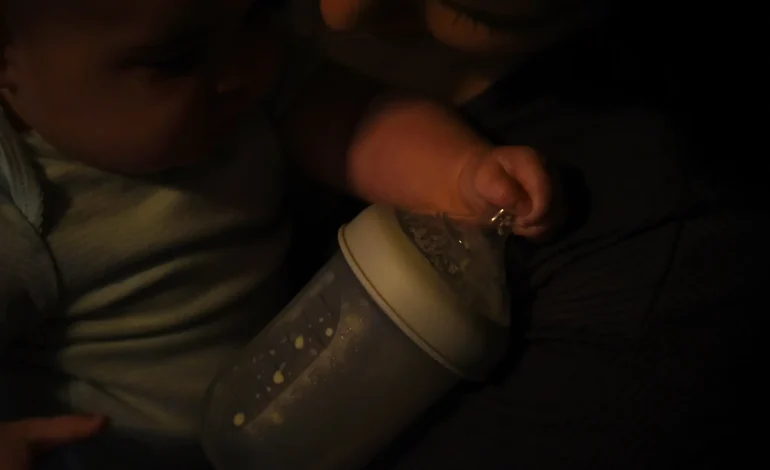A significant number of pregnancy-related deaths occur long after childbirth, highlighting the need for extended postpartum care, according to new research, the New York Times reports.
A recent study published in JAMA Network Open found that nearly one-third of maternal deaths in the US take place between six weeks and one year after delivery—a period when many new mothers believe they are no longer at risk.
The study tracked pregnancy-related complications from conception through the first year after birth. It revealed that maternal mortality in the US increased by nearly 28% from 2018 to 2022, peaking in 2021 during the COVID-19 pandemic before declining slightly.
Dr. Rose L. Molina, an associate professor at Harvard Medical School and one of the study’s authors, emphasized the importance of continuous medical care for new mothers:
“Women need access to high-quality care from the moment of conception to a full year after birth. While we’ve made progress, we’re not there yet.”
The study identified cardiovascular disease as the leading cause of maternal mortality, both during pregnancy and in the months following childbirth. Other major causes included cancer, mental health conditions, and substance use disorders.
While routine postpartum checkups traditionally occur around six weeks after delivery, many health complications emerge later. To address this, the American College of Obstetricians and Gynecologists (ACOG) now recommends an initial postpartum checkup within three weeks of birth, with ongoing follow-ups as needed.
“If you have hypertensive disorders, I want to see you three to five days after delivery,” said Dr. Tamika Auguste, chair of women’s and infants’ services at MedStar Washington Hospital Center. “Even without hypertension, I want to see you within two weeks.”
The study also highlighted significant racial and regional disparities in maternal mortality rates:
Native American and Alaska Native women experienced maternal death rates 3.8 times higher than white women.
Black women faced rates 2.8 times higher than white women.
Hispanic and Asian women had the lowest mortality rates.
Geographically, Southeastern states had the highest pregnancy-related death rates, with Alabama leading, followed by Mississippi.
California and Minnesota reported the lowest maternal mortality rates nationwide.
In response to the growing awareness of postpartum risks, most states have extended Medicaid coverage from 60 days to a full year after childbirth, as Medicaid covers nearly half of all US pregnancies. However, potential federal budget cuts may threaten this expanded coverage, raising concerns among public health advocates.
Pregnancy can strain the cardiovascular system and exacerbate existing health conditions such as hypertension. At the same time, heart disease is becoming more prevalent in younger adults.
“As a society, we seem to be getting sicker earlier, which is why we’re seeing this trend in women ages 25 to 39,” said Dr. Molina.
While maternal mortality rates declined slightly in 2022 after a peak in 2021, they remain significantly higher than before the pandemic. This underscores the importance of continued medical monitoring and access to postpartum care well beyond the traditional six-week period.









The latest news in your social feeds
Subscribe to our social media platforms to stay tuned